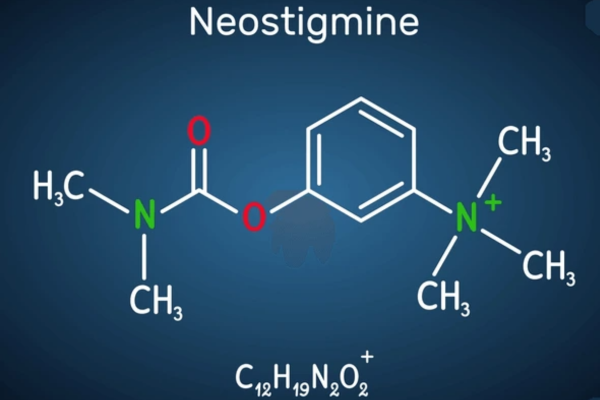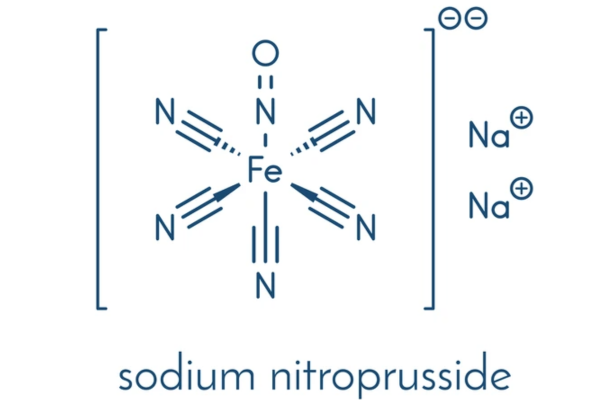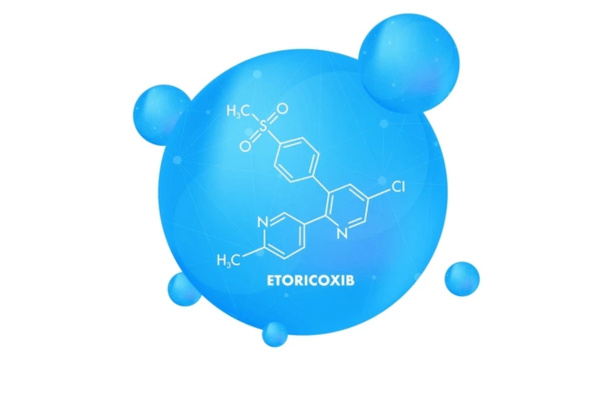Market Analysis of Phenoxymethylpenicillin (Penicillin V) in the United States
Overview
The US market has 1 drug approved as phenoxymethylpenicillin, known as Penicillin V. This antibiotic belongs to the penicillin class and functions as a PBPs inhibitor for treating bacterial infections. As an older antibiotic that has been available for decades, Penicillin V remains clinically relevant despite the development of newer antibiotics, particularly for specific indications where its efficacy profile is well-established.
Detailed Description
Drug Information
Penicillin V was developed as a small molecule drug and is approved in the USA. It is classified as a PBPs inhibitor and is used primarily for bacterial infections, skin infectious diseases, and tonsillitis.
Structure:
Patent Barrier Analysis
Registration Patent Analysis
No registration patents were found in the FDA Orange Book for Penicillin V, indicating that the basic compound patents have long expired.
Other Patent Barrier Analysis
Several non-original patents related to Penicillin V were identified:
| Patent Number | Simple Legal Status | Application Date | Estimated Expiry | Patent Type | Applicant |
|---|---|---|---|---|---|
| CN104146986A | Inactive | 2014-08-13 | N/A | Process | Sichuan Pharmaceutical, Inc. |
| WO2020156176A1 | PCT designated stage expired | 2020-01-15 | N/A | Process | HUNAN FLAG BIOTECHNOLOGY CO LTD |
| CN1432572A | Inactive | 2002-01-14 | N/A | Process | 徐兵 |
| CN103919741A | Active | 2014-04-08 | 2034-04-08 | Formulation | Shenyang Shide Pharmaceutical Co. Ltd. |
| US4354971A | Inactive | 1981-06-22 | 2001-06-22 | Process | ELI LILLY & COMPANY |
The patent landscape analysis indicates that there are no significant patent barriers for manufacturing generic versions of Penicillin V in the United States. The only active patent identified is a Chinese formulation patent held by Shenyang Shide Pharmaceutical Co. Ltd., which does not impact the US market. The US process patent from Eli Lilly expired in 2001.
Clinical Results
1. Clinical and Efficacy Studies
- Prevention of Postinfectious Glomerulonephritis (PIGN):
A systematic review and meta-analysis evaluated the use of Penicillin V compared to other antimicrobial regimens in preventing PIGN following group A streptococcus (GAS) infections. In these studies, patient cohorts with an initial GAS infection were observed, and the incidence of PIGN was compared across groups receiving Penicillin V versus alternative treatments. The review documented study designs that ensured participants developed postinfectious sequelae at least 7 days after the initial infection, and it summarized the effect sizes and confidence intervals derived from these clinical comparisons.
2. Chemical Synthesis and Structure-Activity Studies
- Asymmetric Organocatalytic Synthesis of β-Lactams:
In chemical synthesis experiments, researchers have explored the asymmetric organocatalytic synthesis of β-lactams, including Penicillin V, as part of advances in organic synthesis. These experiments involved developing and optimizing reaction pathways (e.g., via insertion of α-diazo amides) with chirally modified catalysts, laying down methodologies for efficient production and potential structural modifications of Penicillin V.
3. Analytical and Detection Methodologies
Fast Fourier Transformation Continuous Cyclic Voltammetry:
To address the challenge of detecting very low concentrations of Penicillin V in biological matrices, one experiment developed an advanced electrochemical detection system. Utilizing fast Fourier transformation continuous cyclic voltammetry, the study demonstrated a highly sensitive method for ultra trace monitoring of Penicillin V, which is particularly important given its clinical significance and the potential for antibiotic resistance.
High-Performance Liquid Chromatography (HPLC) Analysis:
Another set of experiments focused on establishing and validating an HPLC method for the simultaneous determination of various penicillins (including Penicillin V) in veterinary drugs. The method involved using a Photodiode Array Detector and specific mobile phase conditions to achieve reliable separation and quantification, thereby ensuring quality control of pharmaceutical formulations.
4. Pharmacokinetics and In Vivo Dynamics
Pharmacokinetic (PK) Study in Healthy Volunteers:
A healthy volunteer study investigated the pharmacokinetics of phenoxymethylpenicillin (Penicillin V). In this experiment, subjects were dosed to steady state, and both total and unbound serum concentrations of Penicillin V were measured. The data were then used to develop a base population PK model, which is crucial for optimizing dosing strategies and understanding the drug's absorption, distribution, metabolism, and elimination in the adult population.
Determination of Drug Half-Life via Microcalorimetry:
Although not directly Penicillin V (this study focused on penicillin G), similar experimental designs have been employed in the broader penicillin class to investigate drug kinetics. These studies often involve measuring thermodynamic and kinetic parameters to determine the half-life of the drug using microcalorimetry, thereby highlighting the importance of such techniques in refining dosing regimens. (Note: While this reference is focused on penicillin G, the methodological approach is relevant for similar studies with Penicillin V.)
5. Mechanistic and Enzyme Inhibition Studies
- Inhibition of Mushroom Tyrosinase Activity:
Penicillin V has been examined for its inhibitory effects on mushroom tyrosinase. The experiments involved performing kinetic analyses to determine the half maximal inhibitory concentration (IC₅₀) for both monophenolase and diphenolase activities, as well as establishing the inhibition constants (Kᵢ and Kᵢₛ). Additional studies using fluorescence quenching and molecular docking provided insights into the binding interactions, suggesting that Penicillin V interferes with substrate access and the catalytic activity of the enzyme. This line of investigation reveals a dual potential for Penicillin V in both antimicrobial therapy and as a novel tyrosinase inhibitor in food preservation.
6. Physiological and Behavioral Studies
- Gut Motility and Microbiome Effects:
Experiments have also been conducted to assess the direct effects of Penicillin V on the enteric nervous system. In one study, isolated colon segments from mice were used to measure changes in gut motility in an ex vivo setting. The experimental design included a paired before-and-after treatment comparison, where perfusion with Penicillin V was observed for its rapid neuronal effects on gut motility.
Additionally, in a meta-analysis of rodent studies, Penicillin V (often used in combination with other antibiotics) was one of the agents examined for its impact on gut dysbiosis and associated cognitive, emotional, and behavioral changes.
Infringement Cases
No patent infringement incidents involving Penicillin V were found in the available references.
Policy and Regulatory Risk Warning
After a comprehensive search, no market exclusivity or data protection period was identified for Penicillin V in the United States. As an older antibiotic that has been available for decades, any exclusivity periods would have expired long ago.
Market Entry Assessment & Recommendations
Generic Market Opportunity: With no active patents in the US market and no reported infringement cases, Penicillin V represents a low-risk opportunity for generic manufacturers. The market is likely mature with multiple suppliers already present.
Differentiation Strategies: Companies entering this market should consider:
- Developing improved formulations with better stability or taste (particularly important for pediatric use)
- Creating combination products that address antimicrobial resistance concerns
- Investing in more efficient manufacturing processes to reduce costs
Regulatory Pathway: Generic versions can follow the abbreviated new drug application (ANDA) pathway with bioequivalence studies.
Market Positioning: Despite being an older antibiotic, Penicillin V maintains clinical relevance for specific indications:
- Streptococcal pharyngitis/tonsillitis
- Prevention of rheumatic fever
- Skin and soft tissue infections
- Dental infections
Supply Chain Considerations: Ensuring reliable API sourcing and manufacturing capacity is essential, as shortages of older antibiotics have occurred in recent years.
Value-Added Services: Consider offering antimicrobial stewardship support, educational materials for healthcare providers, or patient compliance programs to differentiate from other suppliers in this commoditized market.
Pricing Strategy: With multiple suppliers likely present, competitive pricing will be crucial, potentially leveraging economies of scale and efficient manufacturing to maintain margins.
For more scientific and detailed information of Phenoxymethylpenicillin (Penicillin V), try PatSnap Eureka Pharma CI Explorer.




